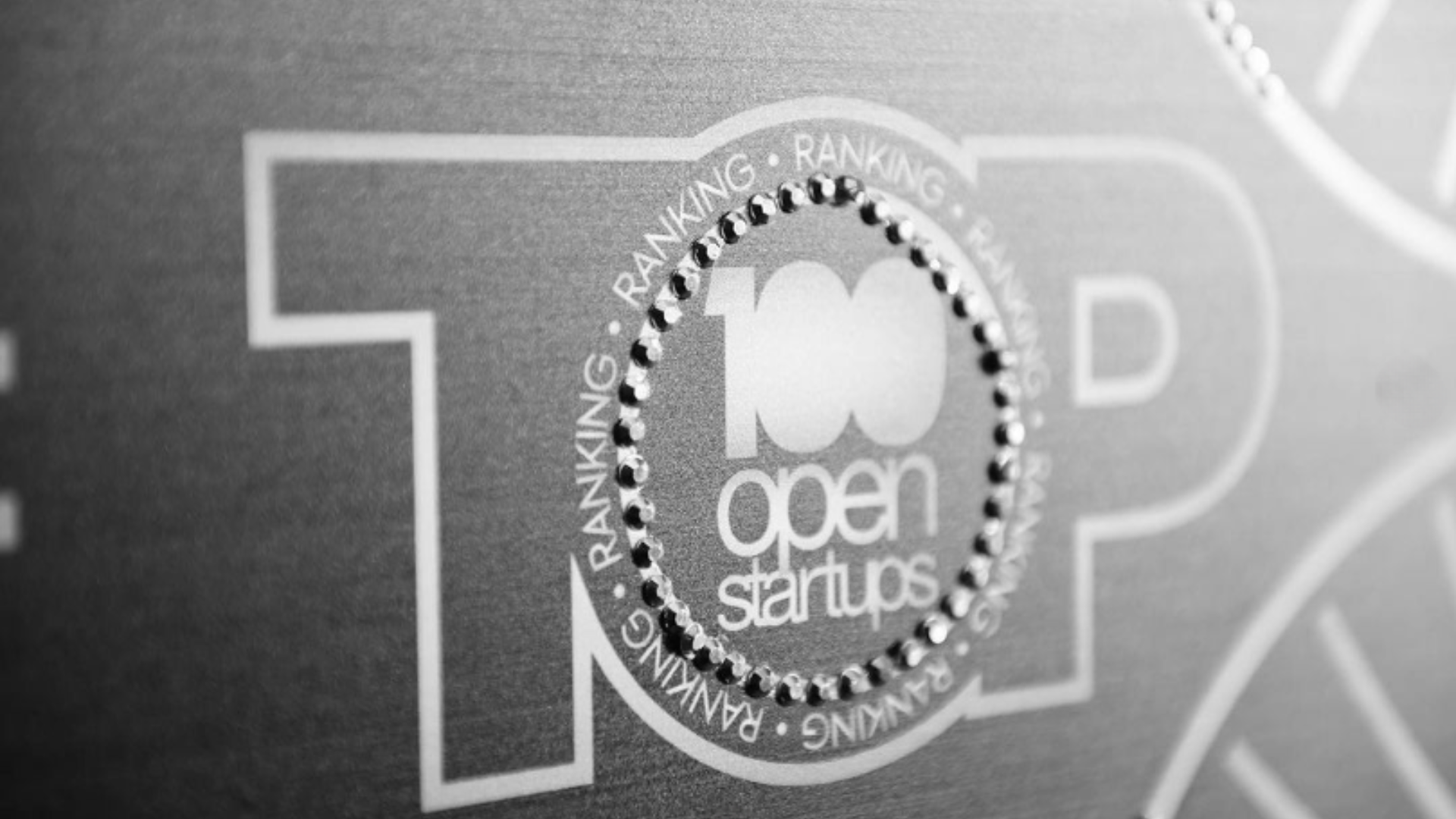You have certainly heard about Lean Manufacturing, lean manufacturing or the Toyota production system. All these names refer to the same concept.
This concept aims at efficiency, waste reduction and customer value.
Currently, lean production techniques are among the best operations management practices applied in production systems, thus being decisive for the competitiveness of the industry.
This concept when applied in the industry generates excellent results!
>> Read also: What is Production Bottleneck?
What is Lean Manufacturing?
Lean Manufacturing or Lean production, also translatable as lean manufacturing, is a philosophy coming from Japan after World War II, which seeks efficiency and increased productivity.
Its practice consists of identifying activities that add value to the customer and reduce waste.
This principle was also known as the “Toyota Production System” because it was developed by an engineer at the automaker, Taiichi Ohno.
The central idea of Lean Manufacturing is to minimize waste, so that, upon noticing any error, the worker must stop the machine to correct the problem, and not wait for the process to end to check for defects.
The system also aims to produce more with fewer resources and manufacture to demand, ensuring high product quality and maximizing customer value.
In short, Lean Manufacturing is based on continually striving for perfection. Thus, when incorporated into the productive routine of companies, it accelerates production, making it more agile, flexible, innovative and efficient.
>> Read also: Production System: what is it and how to implement it?
What are the principles of Lean Manufacturing?
To correctly apply Lean Manufacturing, it is essential to know and understand its principles. Below we will explore each of them.
Value
Value is what the customer considers important, what meets their needs at a specific time. That is, specifying value from the customer's point of view.
value stream
It is to align in the best sequence the activities that create value. Thus, by analyzing and separating the steps that add value from those that do not, it is possible to strengthen the steps that transform raw material into a product and eliminate unnecessary and/or repetitive steps.
Flow
The continuous flow consists of the focus of production in stages, through the production of each part of the product at a time, where each step is done without stopping or wasting between them.
pull production
It aims to avoid excesses and produce only according to demand. Therefore, instead of directing the production of its products to the customer, it is stimulated by their request.
Perfection
It is the delivery of a process that offers value from the customer's point of view.
In this sense, improving a process to provide value from the customer's perspective is a long-term goal, achievable through continuous improvement. This is achieved by applying increasingly effective lean methods that eliminate waste.
What types of waste?
The Lean Manufacturing system points out waste that can occur in any business model. That's why it's important to know how to identify them to avoid them in your industry.
overproduction
When producing without demand, it is common to accumulate inventory and an unnecessary increase in production costs, including raw materials, transportation, energy, among others.
Wait
It happens when there are idle employees while the machines work and while they wait for a next step or supply of materials. This results in a time imbalance between activities and hampers the flow of work.
Transport
When resources are moved unnecessarily, transport is wasted.
unnecessary processes
Refers to activities that do not add value to the product and delay production. To define what they are, it is necessary to make a thorough assessment of the steps and check their relevance.
Stock
Inventory waste can occur when there is storage of resources and excess materials accumulated. Excess inventory generates a higher cost for the company. To avoid this, it is necessary to have good planning, balanced activities and sending the product to the customer right after production.
Movement
Unnecessary worker movements when searching for tools, materials or documents interrupt the flow of work. Disorganization is also a factor that generates inefficiency in the process.
Defects
When there is a lack of quality in the production process, there is room for defects. To start a new stage of the process, it is essential that there were no defects in the previous stage. If any defects are identified, it is crucial to resolve the issue as soon as possible.
What are the benefits of Lean Manufacturing?
Quality
By evaluating the steps, it is possible to strengthen those that add value and eliminate unnecessary ones, in addition to reducing the probability of errors. In this sense, the quality of service will be high, since workers will have a clearer view of what activities need to be done and will not waste time on unnecessary actions.
Optimization and organization of company resources
When the steps are well executed, the work will become more agile and organized, will flow more efficiently, which will result in continuous improvement.
customer experience
This whole process aims to prioritize the customer, after all, through consumer loyalty is that the company grows.
Competitiveness
Lean Manufacturing will not only make your industry leaner, it will make it more responsive and flexible, it will increase your competitiveness, in addition to forming a more committed and united team.
Conclusion
To run this system at its core, it is necessary for the entire team to adopt lean thinking and move in the same direction.
To apply Lean Manufacturing in your industry, it is necessary to define the origin of the problems by studying the company, analyzing data, checking the process stages and dialoguing with workers so that they can give their opinion on ways to improve the production process.
Despite being a long-term process, adopting this system will definitely bring good results.
And for these results to be achieved more quickly, you can join the Manufatura 360.
It makes it possible to manage the entire production line remotely, digitally and instantly.
With the LoT system, it optimizes processes, automates production lines and analyzes data on all operational actions in your industry in real time!
Converging with the last principle of Lean Manufacturing, through the best industrial software on the market, with the Manufacturing 360 your industry can achieve perfection!

















